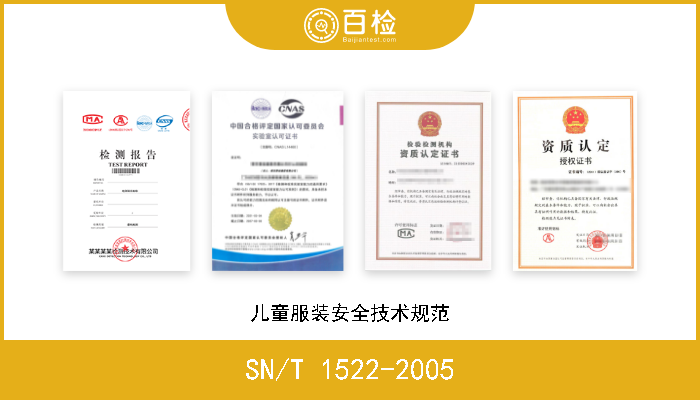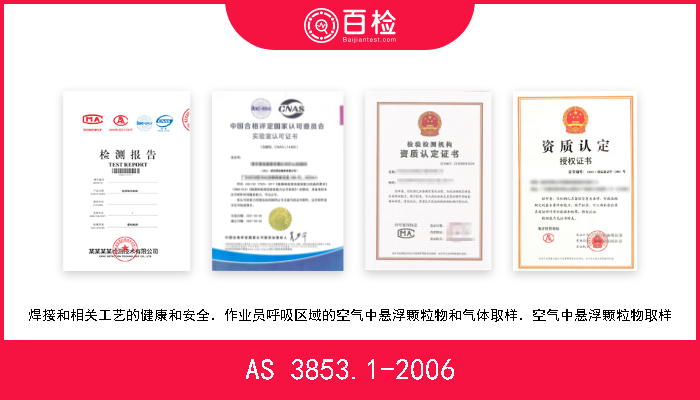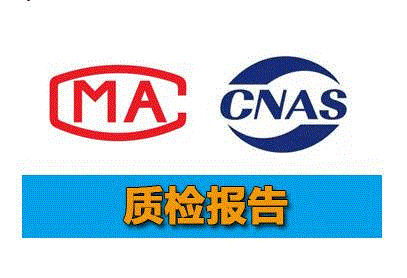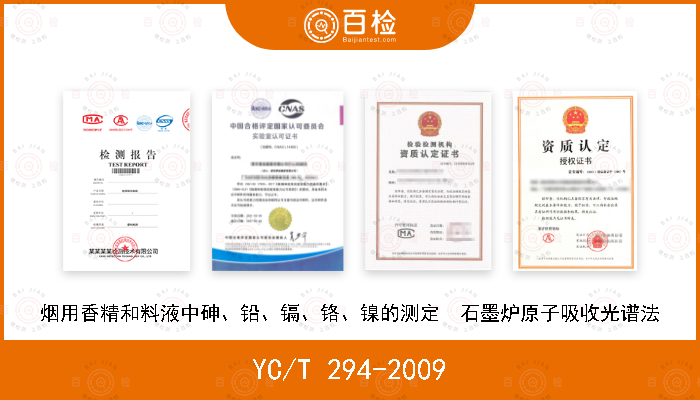SIS SS-ISO 9594-8-1991 信息技术.开放式系统互连.目录.第8部分:验证架构
百检网 2021-07-16
标准号:SIS SS-ISO 9594-8-1991
中文标准名称:信息技术.开放式系统互连.目录.第8部分:验证架构
英文标准名称:Information technology — Open Systems Interconnection — The Directory — Part 8: Authentication framework
发布日期:1991/4/1 12:00:00
实施日期:1999/12/31 12:00:00
适用范围:1 This part of ISO/IEC 9594:? specifies the form of authentication information held by the Directory;? describes how authentication information may be obtained from the Directory;? states the assumptions made about how authentication information is formed and placed in the Directory;? defines three ways in which applications may use this authentication information to perform authentication and describes how other security services may be supported by authentication.2 This part of ISO/IEC 9594 describes two levels of authentication: simple authentication, using a password as a verification of claimed identity; and strong authentication, involving credentials formed using cryptographic techniques. While simple authentication offers some limited protection against unauthorized access, only strong authentication should be used as the basis for providing secure services. It is not intended to establish this as a general framework for authentication, but it can be of general use for applications which consider these techniques adequate.3 Authentication (and other security services) can only be provided within the context of a defined security policy. It is a matter for users of an application to define their own security policy which may be constrained by the services provided by a standard.4 It is a matter for standards defining applications which use the authentication framework to specify the protocol exchanges which need to be performed in order to achieve authentication based upon the authentication information obtained from the Directory. The protocol used by applications to obtain credentials from the Directory is the Directory Access Protocol (DAP), specified in ISO/IEC 9594-5.5 The strong authentication method specified in this part of ISO/IEC 9594 is based upon public-key cryptosystems. It is a major advantage of such systems that user certificates may be held within the Directory as attributes, and may be freely communicated within the Directory System and obtained by users of the Directory inthe same manner as other Directory information. The user certificates are assumed to be formed by 'off-line' means, and placed in the Directory by their creator. The generation of user certificates is performed by some off-line Certification Authority which is completely separate from the DSAs in the Directory. In particular, no special requirements are placed upon Directory providers to store or communicate user certificates in a secure manner.A brief introduction to public-key cryptography can be found in annex B.6 In general, the authentication framework is not dependent on the use of a particular cryptographic algorithm, provided it has the properties described in 6.1. Potentially a number of different algorithms may be used. However, two users wishing to authenticate shall support the same cryptographic algorithm for authentication to be performed correctly. Thus, within the context of a set of related applications, the choice of a single algorithm will serve to maximize the community of users able to authenticate and communicate securely. One example of a public key cryptographic algorithm can be found in Annex C.7 Similarly, two users wishing to authenticate shall support the same hash function (see 3.3f) (used in forming credentials and authentication tokens). Again, in principle, a number of alternative hash functions could be used, at the cost of narrowing the communities of users able to authenticate. A brief introduction to hash functions together with one example hash function can be found in annex D.
中文标准名称:信息技术.开放式系统互连.目录.第8部分:验证架构
英文标准名称:Information technology — Open Systems Interconnection — The Directory — Part 8: Authentication framework
发布日期:1991/4/1 12:00:00
实施日期:1999/12/31 12:00:00
适用范围:1 This part of ISO/IEC 9594:? specifies the form of authentication information held by the Directory;? describes how authentication information may be obtained from the Directory;? states the assumptions made about how authentication information is formed and placed in the Directory;? defines three ways in which applications may use this authentication information to perform authentication and describes how other security services may be supported by authentication.2 This part of ISO/IEC 9594 describes two levels of authentication: simple authentication, using a password as a verification of claimed identity; and strong authentication, involving credentials formed using cryptographic techniques. While simple authentication offers some limited protection against unauthorized access, only strong authentication should be used as the basis for providing secure services. It is not intended to establish this as a general framework for authentication, but it can be of general use for applications which consider these techniques adequate.3 Authentication (and other security services) can only be provided within the context of a defined security policy. It is a matter for users of an application to define their own security policy which may be constrained by the services provided by a standard.4 It is a matter for standards defining applications which use the authentication framework to specify the protocol exchanges which need to be performed in order to achieve authentication based upon the authentication information obtained from the Directory. The protocol used by applications to obtain credentials from the Directory is the Directory Access Protocol (DAP), specified in ISO/IEC 9594-5.5 The strong authentication method specified in this part of ISO/IEC 9594 is based upon public-key cryptosystems. It is a major advantage of such systems that user certificates may be held within the Directory as attributes, and may be freely communicated within the Directory System and obtained by users of the Directory inthe same manner as other Directory information. The user certificates are assumed to be formed by 'off-line' means, and placed in the Directory by their creator. The generation of user certificates is performed by some off-line Certification Authority which is completely separate from the DSAs in the Directory. In particular, no special requirements are placed upon Directory providers to store or communicate user certificates in a secure manner.A brief introduction to public-key cryptography can be found in annex B.6 In general, the authentication framework is not dependent on the use of a particular cryptographic algorithm, provided it has the properties described in 6.1. Potentially a number of different algorithms may be used. However, two users wishing to authenticate shall support the same cryptographic algorithm for authentication to be performed correctly. Thus, within the context of a set of related applications, the choice of a single algorithm will serve to maximize the community of users able to authenticate and communicate securely. One example of a public key cryptographic algorithm can be found in Annex C.7 Similarly, two users wishing to authenticate shall support the same hash function (see 3.3f) (used in forming credentials and authentication tokens). Again, in principle, a number of alternative hash functions could be used, at the cost of narrowing the communities of users able to authenticate. A brief introduction to hash functions together with one example hash function can be found in annex D.
百检能给您带来哪些改变?
1、检测行业全覆盖,满足不同的检测;
2、实验室全覆盖,就近分配本地化检测;
3、工程师一对一服务,让检测更精准;
4、免费初检,初检不收取检测费用;
5、自助下单 快递免费上门取样;
6、周期短,费用低,服务周到;
7、拥有CMA、CNAS、CAL等权威资质;
8、检测报告权威有效、中国通用;
客户案例展示
相关商品
版权与免责声明
①本网注名来源于“互联网”的所有作品,版权归原作者或者来源机构所有,如果有涉及作品内容、版权等问题,请在作品发表之日起一个月内与本网联系,联系邮箱service@baijiantest.com,否则视为默认百检网有权进行转载。
②本网注名来源于“百检网”的所有作品,版权归百检网所有,未经本网授权不得转载、摘编或利用其它方式使用。想要转载本网作品,请联系:service@baijiantest.com。已获本网授权的作品,应在授权范围内使用,并注明"来源:百检网"。违者本网将追究相关法律责任。
③本网所载作品仅代表作者独立观点,不代表百检立场,用户需作出独立判断,如有异议或投诉,请联系service@baijiantest.com
行业热点

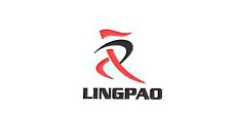
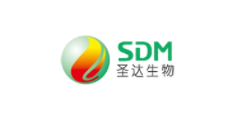
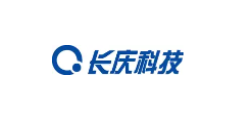

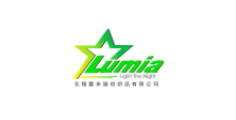

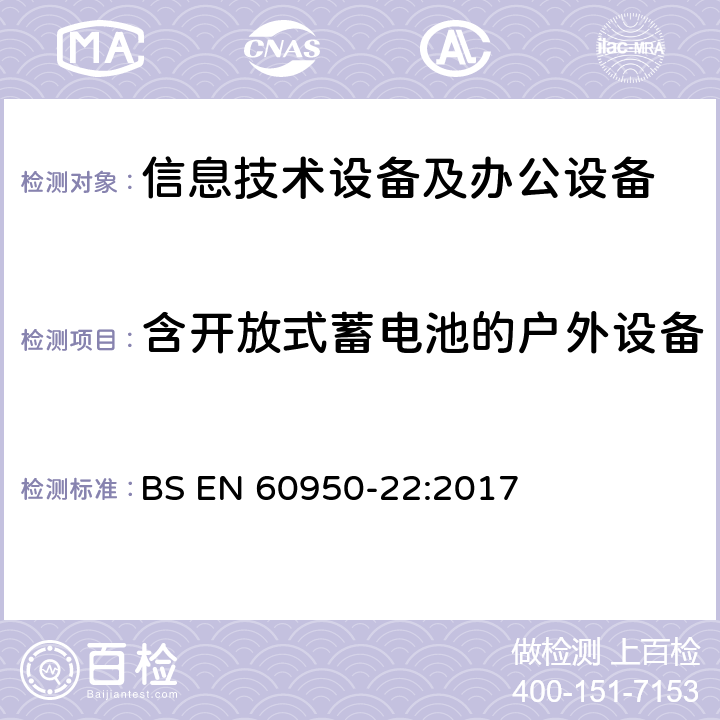
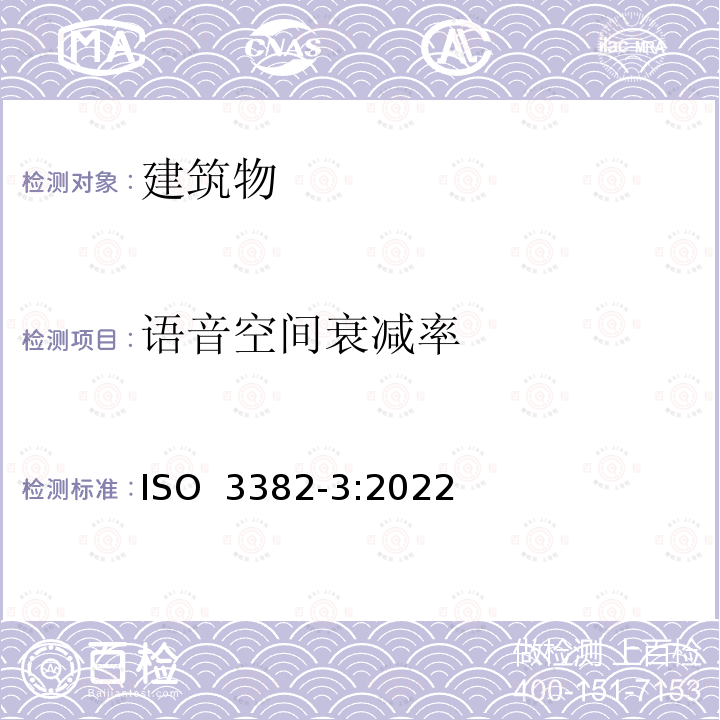
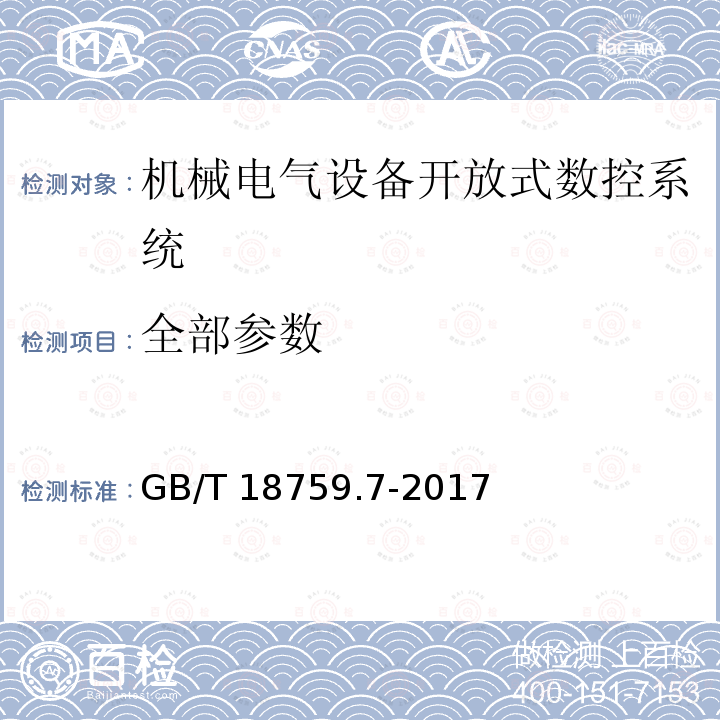

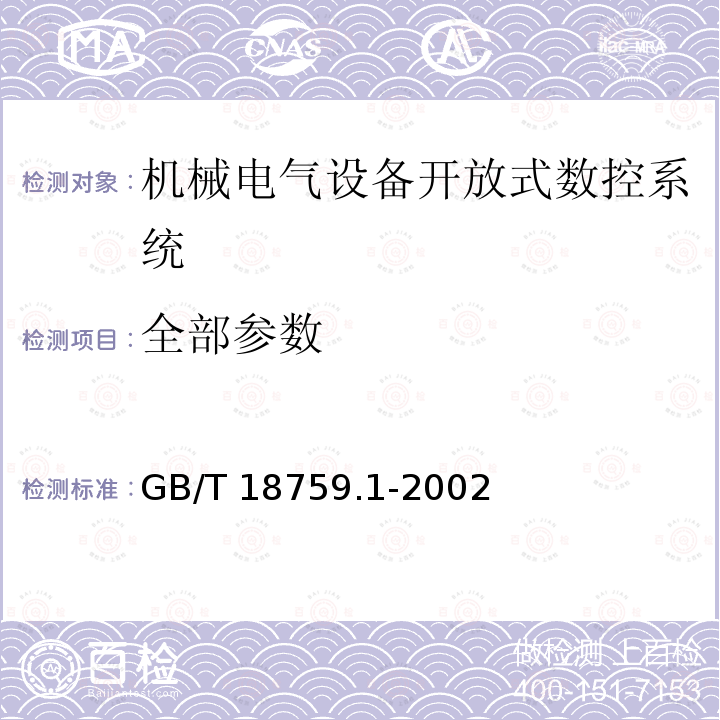
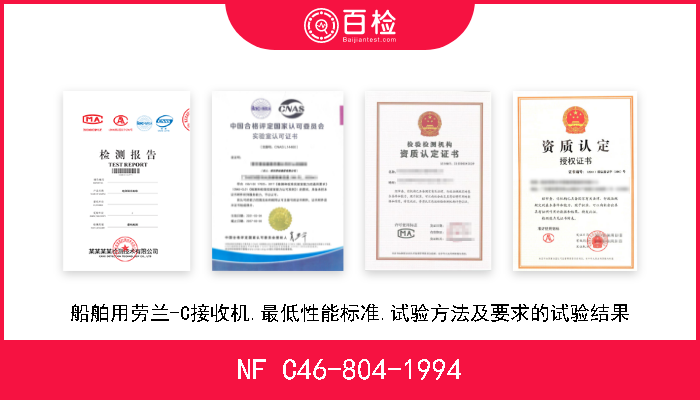
.png)
